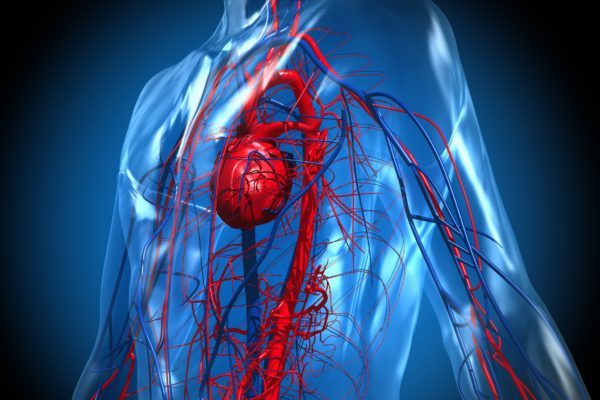
Genetic and Rare Disease Information Center
Spherocytosis and elliptocytosis are inherited blood disorders characterised by spherical- or ellipsoid- shaped red blood cells and anaemia. These abnormally shaped red blood cells are degraded faster than normal red blood cells. Spherocytosis and elliptocytosis belong to the group of haemolytic anaemias and are often associated with jaundice and an enlarged spleen.
In hereditary spherocytosis and elliptocytosis, the cell membrane surface area of the red blood cells have an aberrant shape. A defect (mutation) in a gene (a sequence of DNA) is the underlying cause, leading to aberrant membrane proteins of red blood cells. Normal red blood cells have a biconcave disc shape. In spherocytosis, the red blood cells are sphere-shaped, called spherocytes. In elliptocytosis, the red blood cells are oval (elliptical) and are called elliptocytes. In this setting, the exchange of gasses (oxygen and carbon dioxide) is impaired and the membrane of the red blood cells is less flexible than that of normal red blood cells. The abnormal shaped cells are broken down by the spleen faster than normal, healthy red blood cells. The symptoms of spherocytosis/elliptocytosis are the result of the deficiency of red blood cells, as well as the abundance of these cells in the spleen.
Both disorders affect men and women equally. Hereditary spherocytosis is the most common form of haemolytic anaemia. At least 1 in 5,000 people in Northern Europe are affected by this disease. The prevalence of hereditary spherocytosis in other ethnic backgrounds is not known.
Hereditary elliptocytosis is very rare and most common in the African and Mediterranean population. Haemolysis of the red blood cells is generally hardly present or even absent, and there is only mild anaemia. An enlarged spleen, however, is common. People whose spleen is removed (splenectomy) have a normal life expectancy.
Most people with spherocytosis or elliptocytosis have only mild symptoms or no symptoms at all. Between family members, large differences in severity of the disease can occur. The severity of symptoms in an individual patient can also differ over time.
The onset of symptoms of hereditary spherocytosis is most common during childhood. About seven in ten patients experience only mild to moderate symptoms, while other patients have severe or even life threatening manifestations of the disease. Common symptoms of spherocytosis/elliptocytosis are:
The symptoms of spherocytosis are generally more severe than those of elliptocytosis.
Both spherocytosis and eliptocytosis are disorders that inherit (mostly) in an autosomal dominant manner. Autosomal means that it is not linked to the X-chromosome (sex chromosome). Men and women are therefore equally affected by the disease. Dominant inheritance means that just one abnormal gene from a parent can cause the disease. The inheritance of hereditary spherocytosis can also be autosomal recessive. In this case both copies of the gene (one from each parent) must carry a defect to cause the disease. In 25% of cases, spherocytosis is the result of spontaneous defects in the gene.
At least five genes are associated with hereditary spherocytosis. In about half of the cases a defect in the ANK1 gene is found. These five genes code for proteins that are present on the cell surface (cell membrane) of red blood cells. Mutations (defects) in these membrane proteins may lead to abnormal and abnormally shaped cells.
Spherocytosis and elliptocytosis are diagnosed on the basis of presence of the disease in family members, the characteristic symptoms of the patient, and laboratory tests. A differential diagnosis is used to exclude other conditions with great similarity to the symptoms of spherocytosis and elliptocytosis. When there is clinical suspicion of these disorders, the following tests are helpful to make the diagnosis:
A patient who is diagnosed with haemolytic anaemia will undergo additional blood tests to determine whether he or she had spherocytosis, elliptocytosis or another form of haemolytic anaemia:
Because of the hereditary nature of the diseases, hereditary spherocytosis and elliptocytosis are incurable. Patients who have only mild symptoms, do not need treatment. For patients with moderate to severe symptoms, treatment options include:





